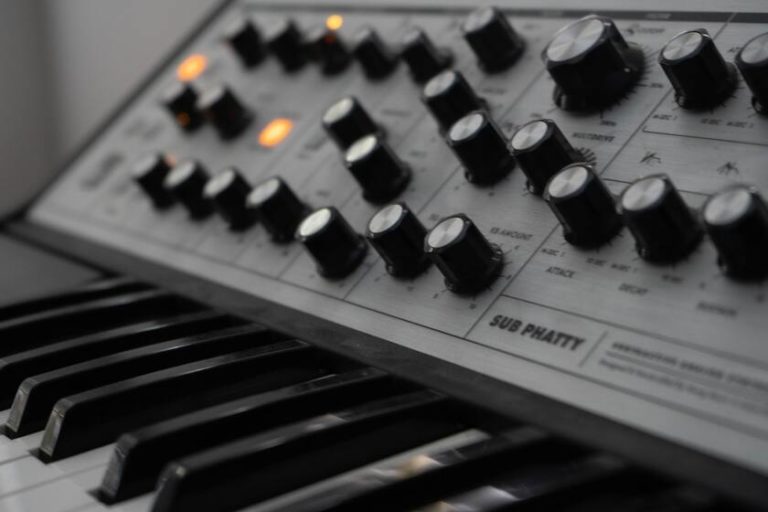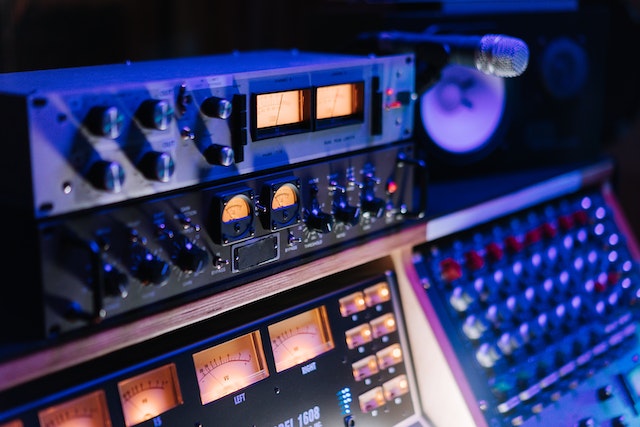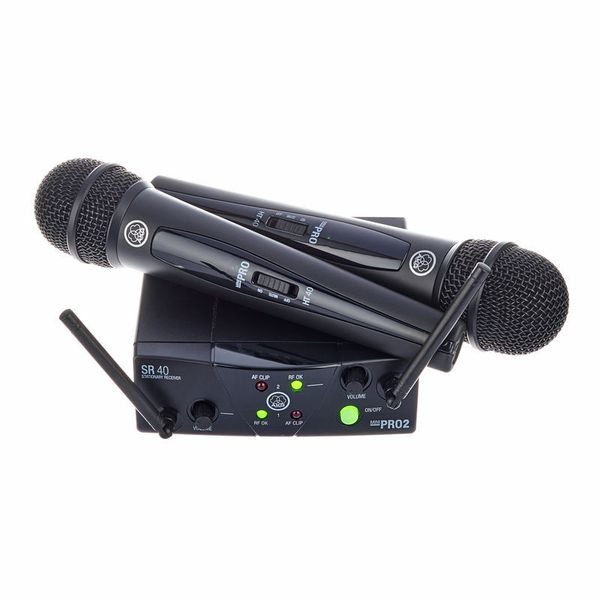Exploring the Top DAWs for Ambisonic and Spatial Audio
Digital Audio Workstations (DAWs) have become an essential tool for music producers, sound engineers, and audio enthusiasts. They offer a platform to record, edit, mix, and master audio files. With the rise of immersive audio formats like ambisonics and spatial audio, the need for DAWs that can handle these complex soundscapes has grown. This article will explore some of the top DAWs for ambisonic and spatial audio, explaining key concepts and providing examples along the way.
Ambisonics
Ambisonics is a full-sphere surround sound technique that goes beyond the traditional left-right stereo field. It allows sound to come from all directions, including above and below the listener. This is achieved by recording sound with a special microphone that captures audio from multiple directions, then processing it with software to create a 3D sound field.
Spatial Audio
Spatial audio, also known as 3D audio or surround sound, is a method of reproducing sound that creates an illusion of three-dimensional space. It’s often used in virtual and augmented reality applications to enhance the sense of immersion. Spatial audio can be created using various techniques, including ambisonics, binaural recording, and object-based audio.
Top DAWs for Ambisonic and Spatial Audio
Now that we have a basic understanding of ambisonics and spatial audio, let’s explore some of the top DAWs that can handle these formats.
Pro Tools Ultimate
Pro Tools Ultimate is a professional-grade DAW from Avid that has long been a standard in the music and post-production industries. It supports up to 7.1.2 channels of surround sound, making it suitable for ambisonic and spatial audio production.
Pro Tools Ultimate comes with a suite of advanced tools for mixing and mastering, including Avid’s own Atmos integration for creating immersive audio experiences. It also supports third-party plugins for further expanding its capabilities.
Reaper
Reaper is a versatile and affordable DAW that’s gained popularity for its flexibility and customization options. It supports multi-channel audio up to 64 channels, making it ideal for working with ambisonics and spatial audio.
Reaper comes with a variety of built-in tools for audio manipulation, and it’s compatible with a wide range of third-party plugins. One notable feature is its support for the Ambisonic Toolkit, a comprehensive set of tools for working with ambisonic audio.
Nuendo
Nuendo is a post-production-focused DAW from Steinberg that offers extensive support for surround sound and immersive audio formats. It supports up to 22.2 channels of audio, and it comes with a suite of tools for spatial audio production, including a built-in ambisonic panner.
Nuendo also integrates with Steinberg’s own Virtual Reality Production Suite, providing a comprehensive solution for creating immersive audio experiences.
Logic Pro X
Logic Pro X is a professional-grade DAW from Apple that’s popular among music producers and sound designers. It supports up to 7.1 surround sound, and it comes with a variety of tools for spatial audio production.
One of Logic Pro X’s standout features is its support for Dolby Atmos, a leading format for immersive audio. It also integrates with Apple’s own spatial audio format for AirPods Pro and AirPods Max, making it a great choice for Apple users.
Conclusion
Choosing the right DAW for ambisonic and spatial audio production depends on your specific needs and budget. Pro Tools Ultimate and Nuendo offer comprehensive solutions for professional-grade production, while Reaper provides a versatile and affordable option. Logic Pro X is a solid choice for Apple users and those working with Dolby Atmos.
Remember, the DAW is just one part of the equation. You’ll also need a suitable microphone for capturing ambisonic audio, and a good pair of headphones for monitoring your mixes. And most importantly, you’ll need to spend time learning and experimenting with these tools to create compelling immersive audio experiences.





